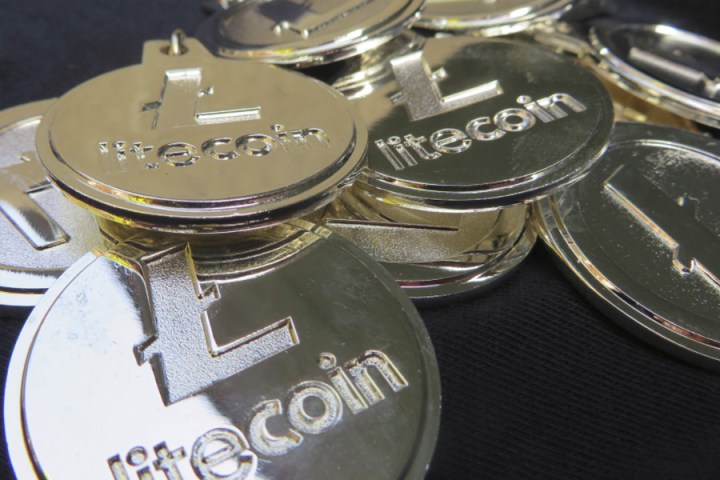
Bitcoin fans have long known about a problem with the cryptocurrency. Its relatively long block time means it doesn’t necessarily scale well with larger numbers of users. Although changes to the cryptocurrency may fix that issue in time, in recent months it lead to massive spikes in transaction costs up to as much as $50, making it hard to use for buying things online — drugs included.
That’s why sellers on dark web marketplaces have begun opting for swifter currencies with much lower fees. Although a few have been proposed by the wider community of buyers and sellers, Recorded Future’s study of dark web currencies found that Litecoin has proved the most popular. By deep diving 150 of the most popular marketplaces and message boards, it found that around 30 percent of vendors now accept Litecoin as a payment option.
Dash is another cryptocurrency that is seeing a big increase in vendor support, with as many as 20 percent of dark web sellers now accepting it on their digital storefronts. Bitcoin Cash was the third-most-popular alternative cryptocurrency available as a payment option, with 13 percent of vendors accepting it.
As much as this marks a big change in options for buyers and sellers, Bitcoin is still accepted by 100 percent of sellers, according to Recorded Future. That may be because transaction fees have come down in recent weeks as some of the end-of-2017 Bitcoin furore has died down and smaller transactions are now being processed.
Whatever the reason Bitcoin continues to be accepted, though, the faster confirmations and lower fees of altcoins will certainly be attractive. Reducing anxiety related to illegal transactions and speedier completion leading to faster delivery are likely to be major plus points for buyers and sellers. Especially since so many dark web markets have been shut down by the authorities over the years.
Recorded Future believes that the growth in altcoin usage will only continue in 2018, leading to other cryptocurrencies than Bitcoin ultimately becoming the more prominent payment methods on dark web markets.



